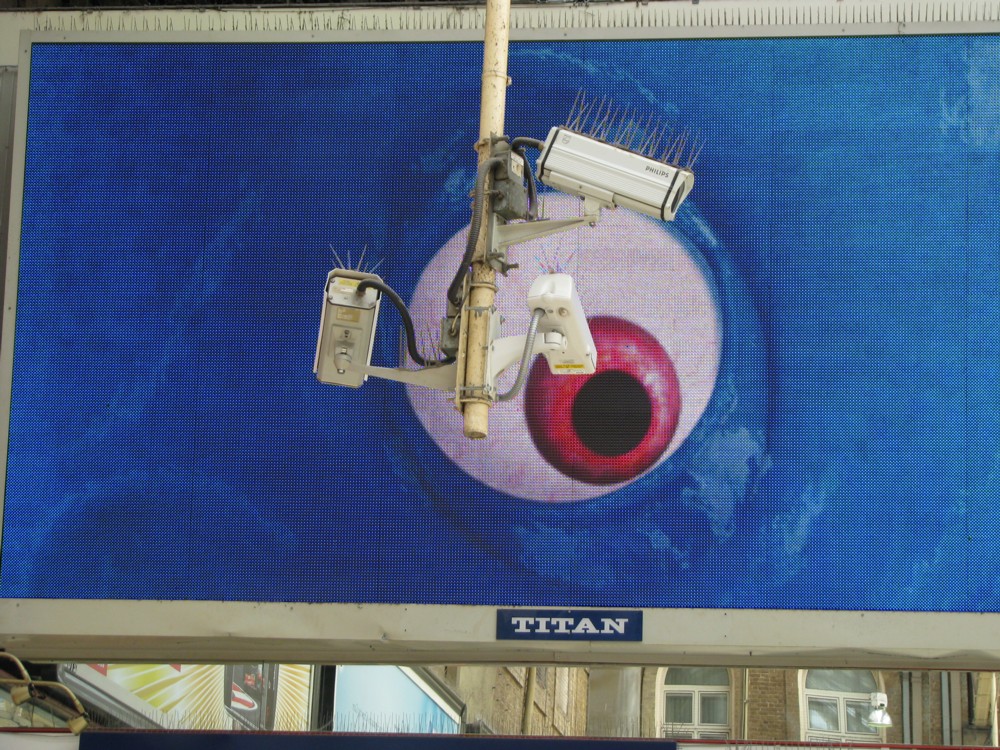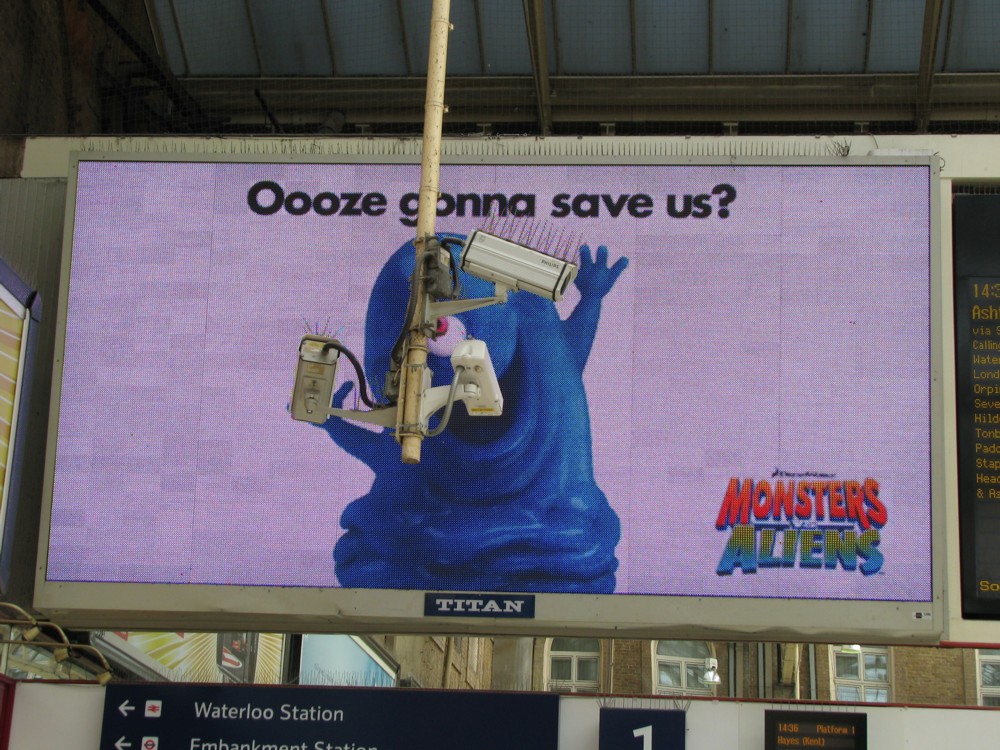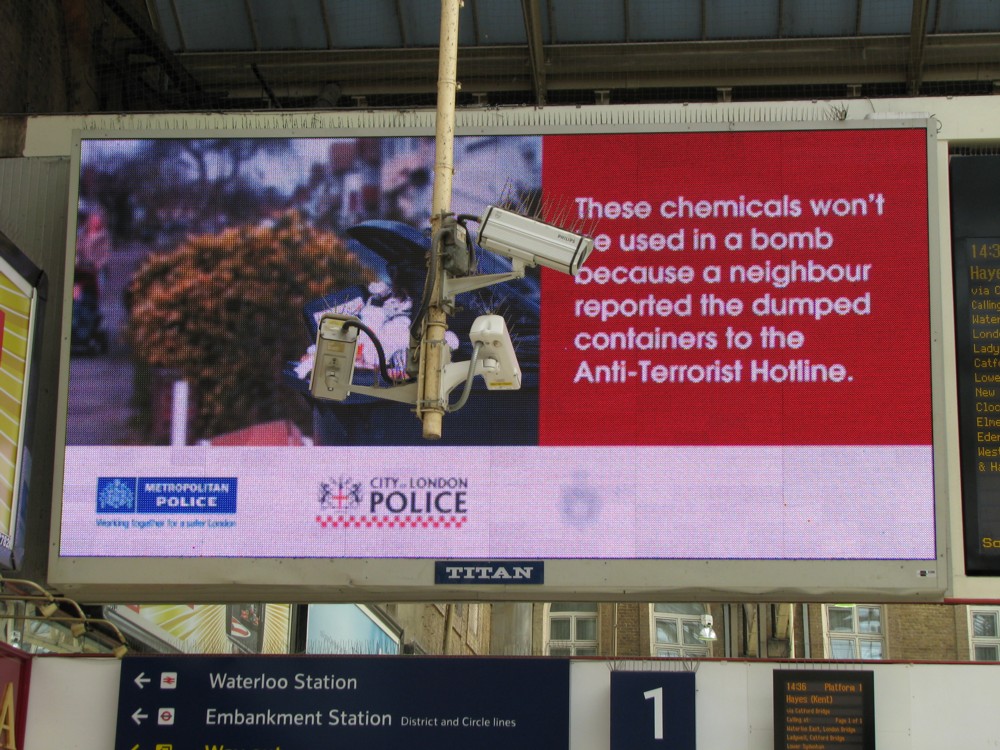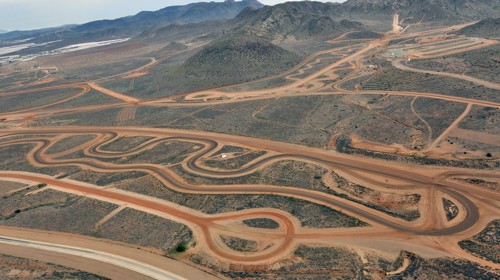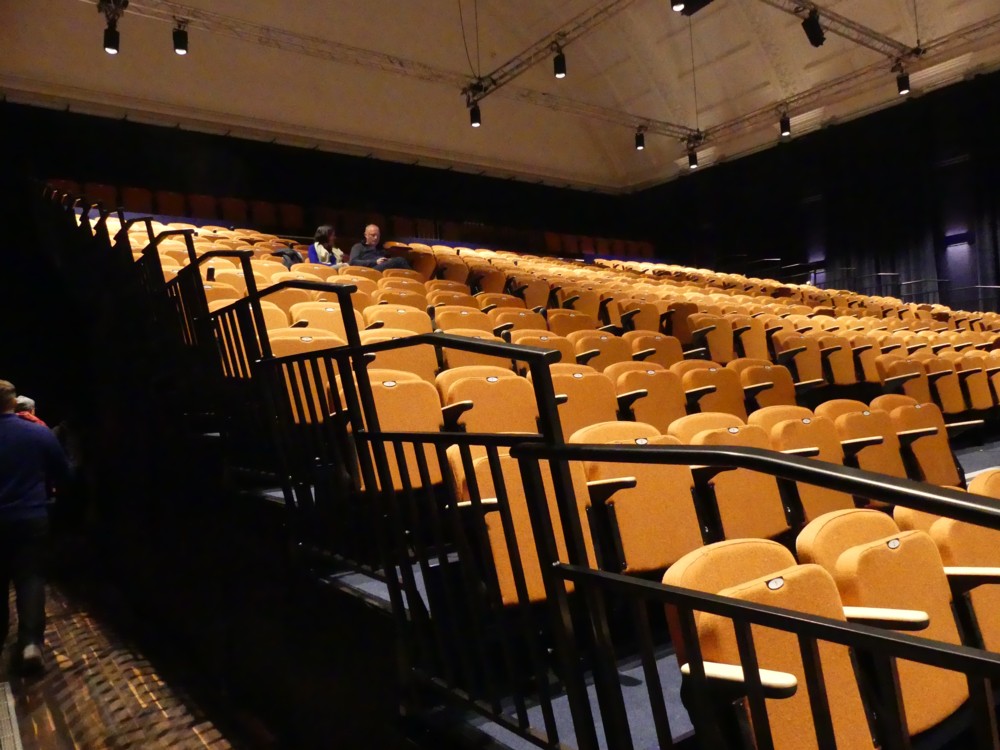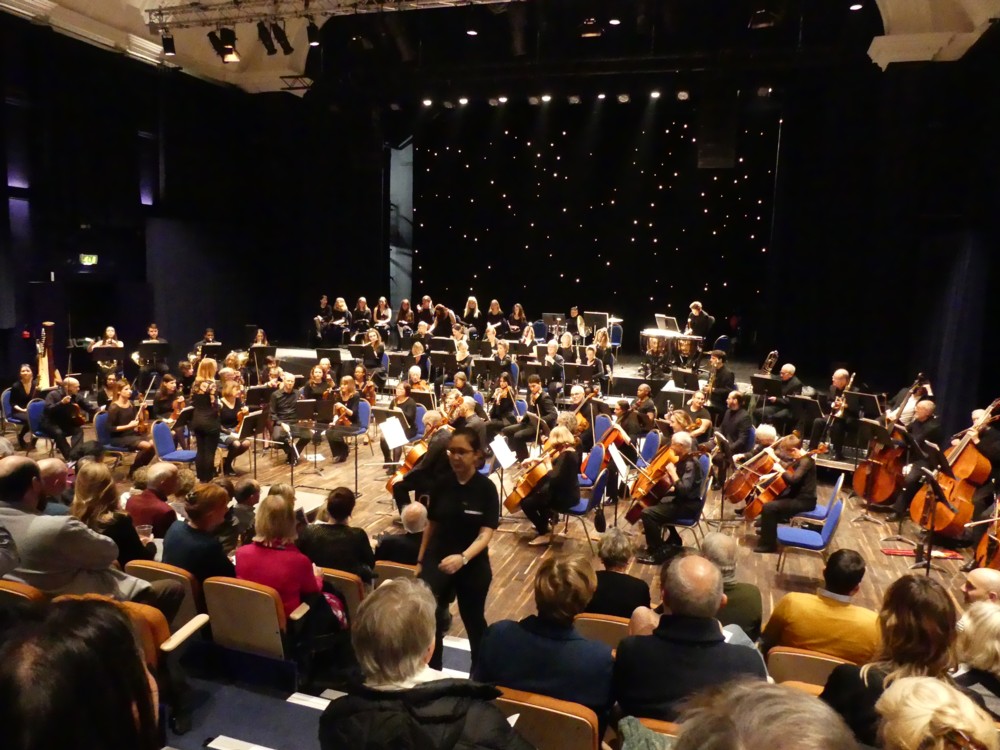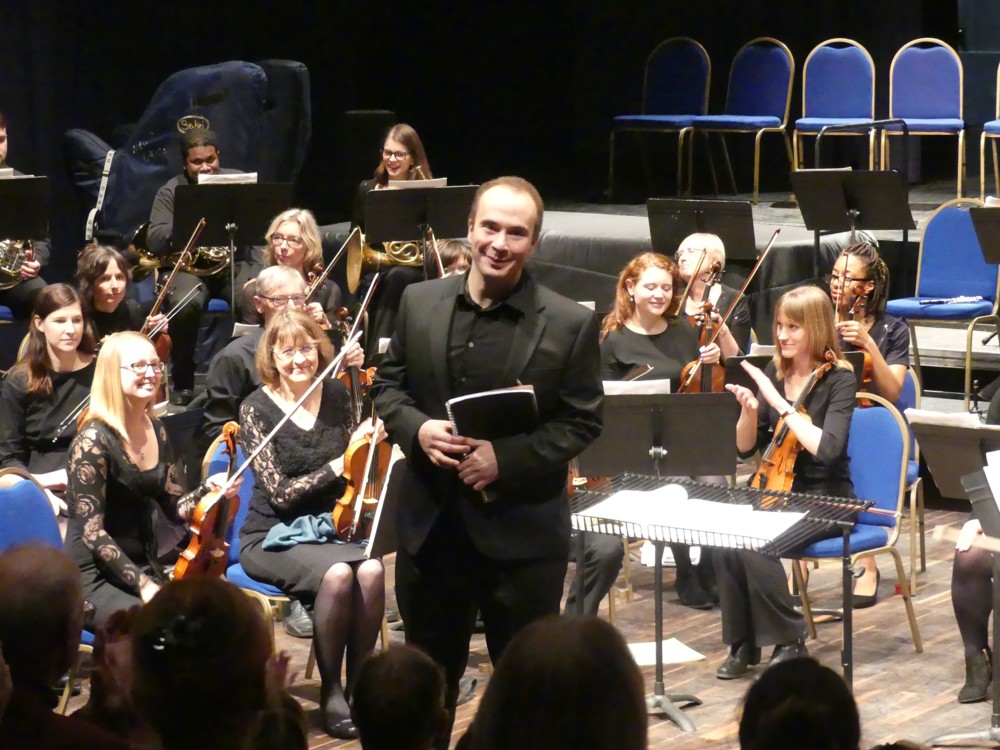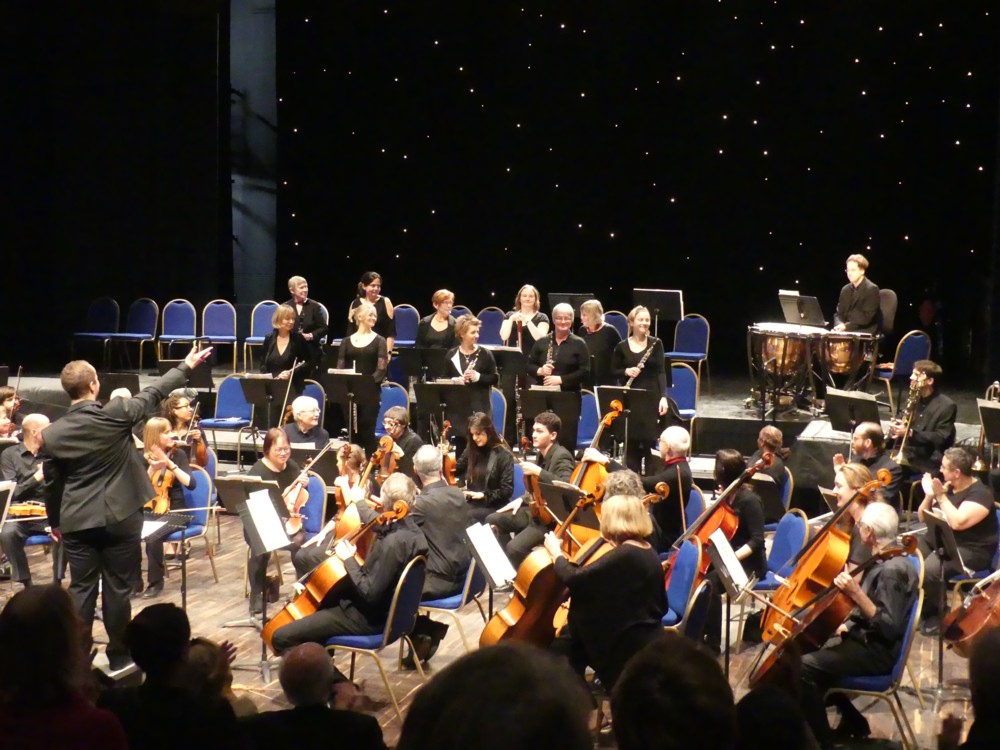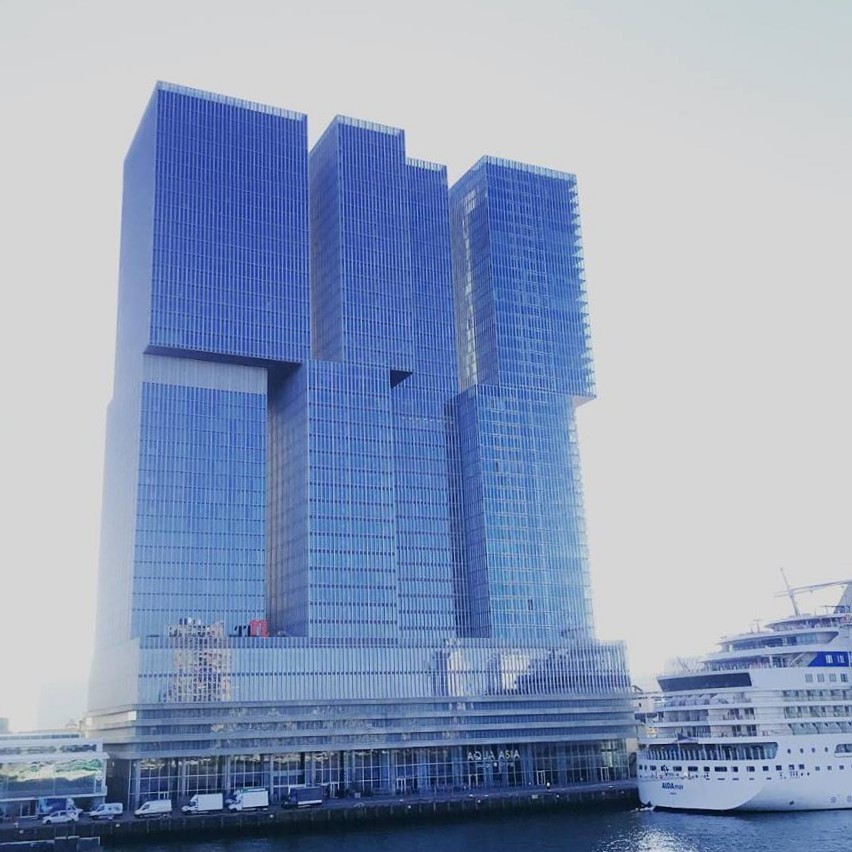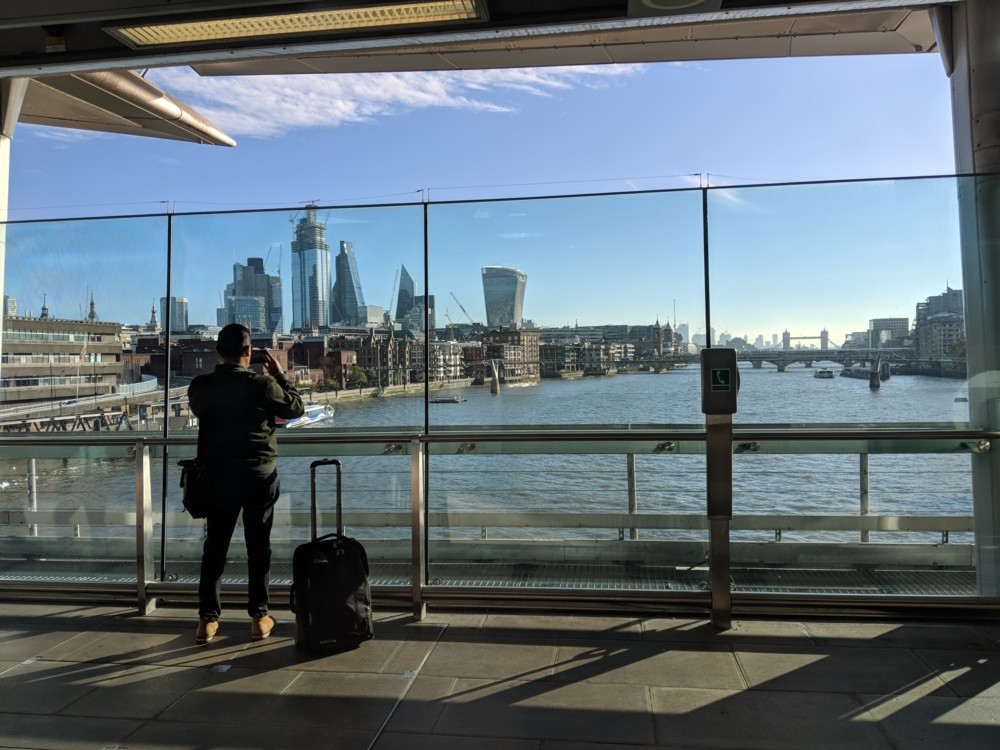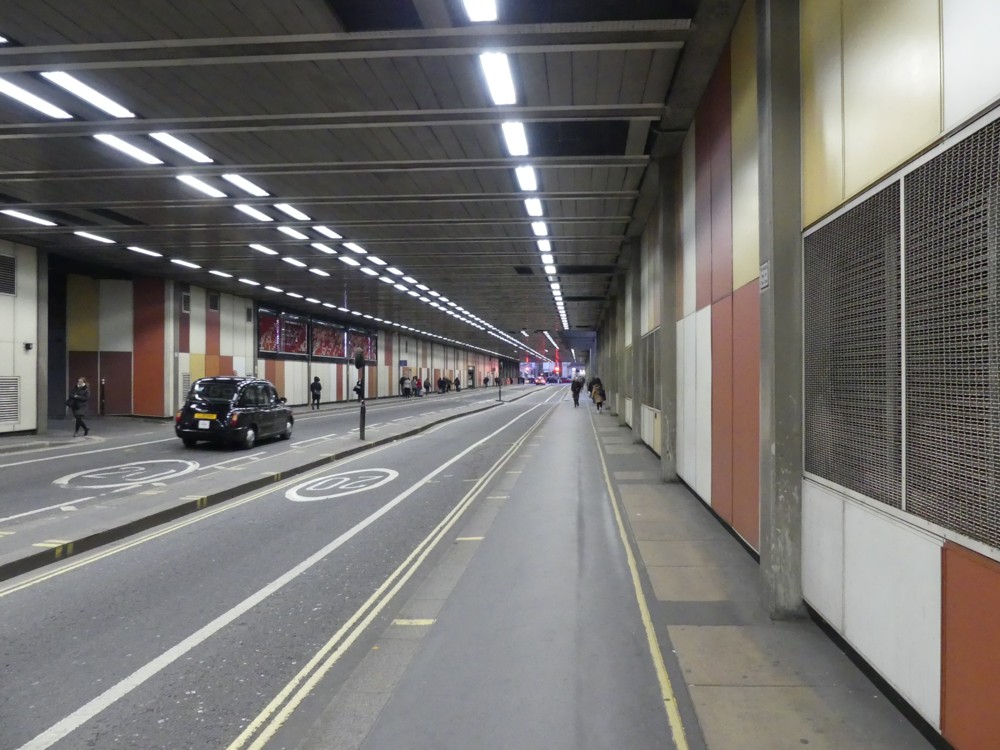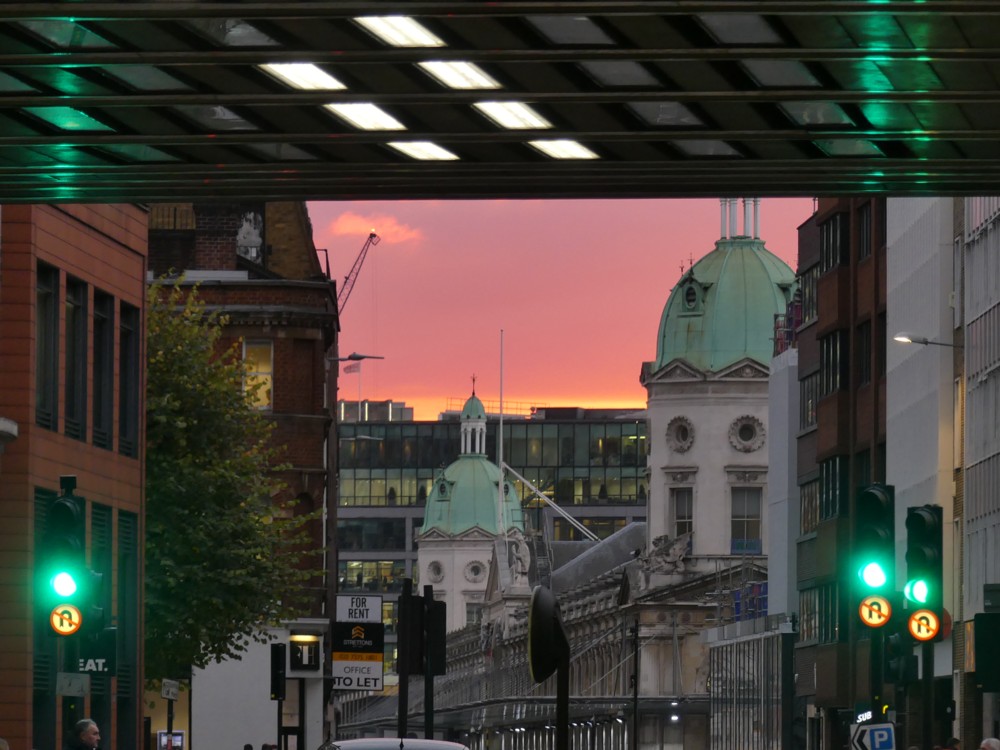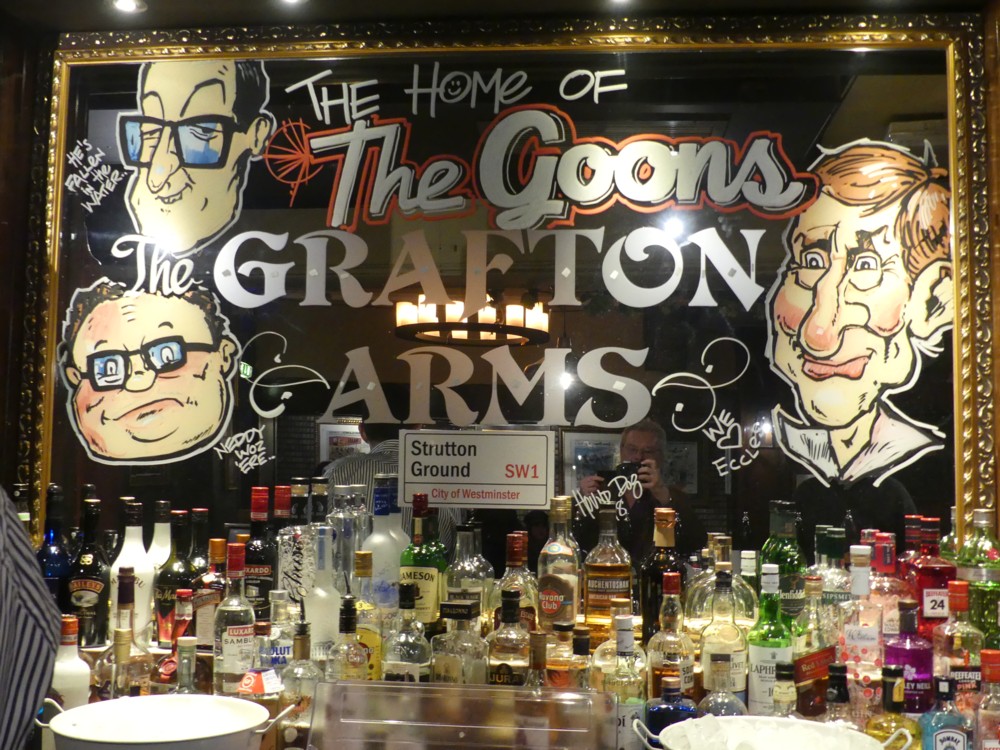I continue to be skeptical about 3D-printing ever “going domestic”. Just because the world can have a 3D-printer in every home, this does not mean that it makes the slightest bit of sense for the world actually to do this. No, all the significant advances in 3D printing are now being made by old-school manufacturers, who now have another tool in their toolbox to make whatever stuff they already know how to design, make and sell. 3D-printing is additive in the literal sense, that being how it works. It is also additive from the business point of view. It is a technique that has been added to conventional manufacturing. 3D-printing is not “disruptive”. It is the opposite of that.
Nevertheless, and despite all that, a friend of mine has recently purchased a domestic type 3D-printer, for him to play around with. And despite everything I have learned about how the 3D-printing market is and is not developing just now, and despite the fact that I wouldn’t dream of acquiring such a contraption myself, I can’t stop myself being interested in what my friend does with his new toy. 3D-printing is just so miraculous, so Dr Whoozy, so Star Trecky, so downright amazing, as and when it starts to work as well as it clearly will work, once the Geekocracy have truly got it working properly.
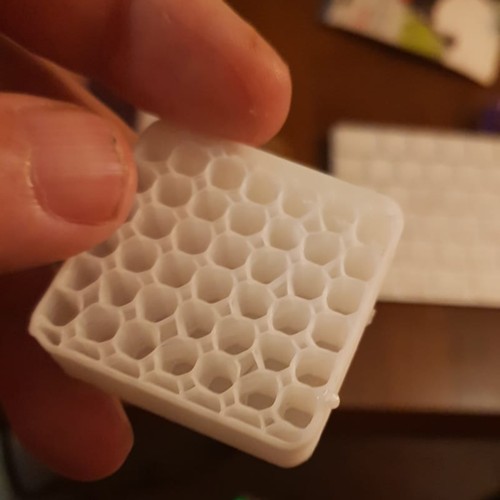
The above is a very early “product”, as advertised by my friend on Facebook, those being his fingernails. Just conceivably, what my friend will do is develop a repertoire, so to speak, of such “products”.
I put “products” in inverted commas because we’re not talking big business here. More like small acts of friendship. Him being that most potent combination, a Geek who nevertheless knows how to make and keep non-Geek friends, he might soon be 3D-printing useful bespoke items for the rest of us. So we don’t have to.
Trouble is, it’s hard to think what these things might be. But I am sure that over the decades to come, ideas will materialise.
What I am foreseeing is a world in which 3D-printers appear not in all homes, but in just enough homes for all those who want any of these “products” to be able to ask their designated Geek friend to get to work. And I suppose some actual business might even emerge from this, in the form of designs for popular items.
Jewellery and kid’s toys are two obvious things, although you need to watch out the kid’s toys are not the sort they might be tempted to swallow.
What made me think that the above speculations might not be absurd was not only my friend’s Facebook posting, but also this piece, about a retired engineer who makes trinkets for his little network of friends.
Ninety-four-year-old John Downes is not your average pensioner.
A retired engineer, Mr Downes’s room at his Cambridgeshire care home contains not one, but three state-of-the-art 3D printers – technology he uses for the benefit of his fellow residents.
Having lived in Toft for almost 50 years, Mr Downes decided to remain in the village when he moved to the nearby Home Meadow care home in May last year.
Note that. He remains where has always lived, and keeps all his local friends. I bet he makes the occasional stuff for people beyond his care home.
There, he was keen to continue his tech-based hobbies, so staff arranged for his 3D printers to be set up in his room.
A retired engineer, Mr Downes’s room at his Cambridgeshire care home contains not one, but three state-of-the-art 3D printers – technology he uses for the benefit of his fellow residents.
But like I say, the problem here is not the technology. It is worthwhile ideas about what to do with it, other than sensible things like making bits for airplanes or spare parts for cars, nearer than China, which won’t be done in anyone’s home.
As soon as I think of something that I want my friend to make for me I will let him know, and probably all of you too.
Here’s a thought. A mutual friend of 3D-printer man and me is building a railway layout for his kids. (And, you suspect, also for himself.) Maybe 3D-printing can add something to that project.

